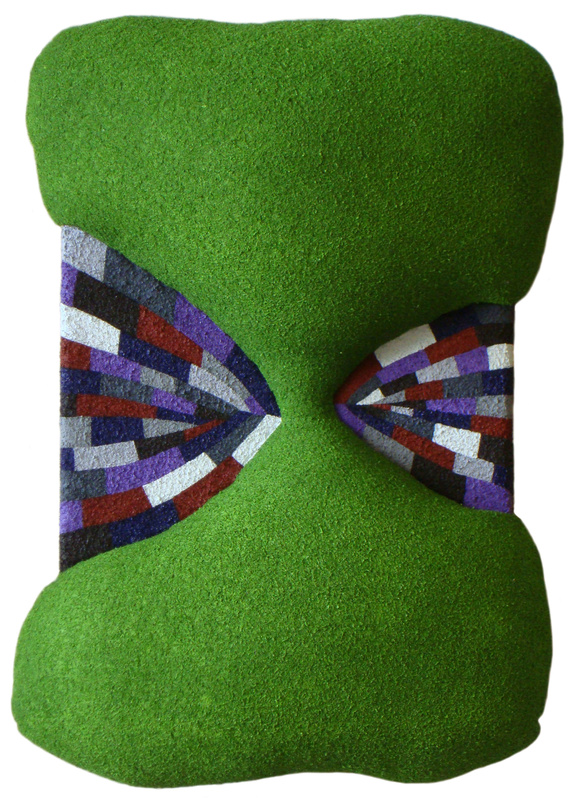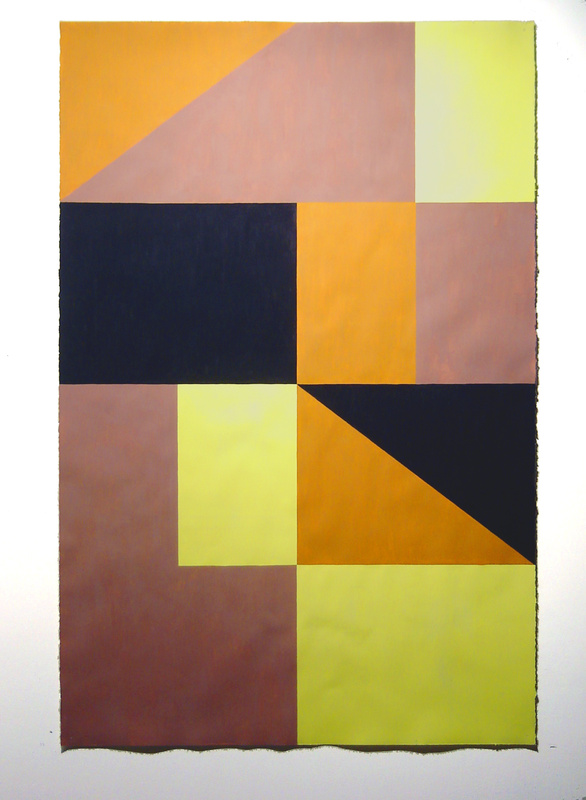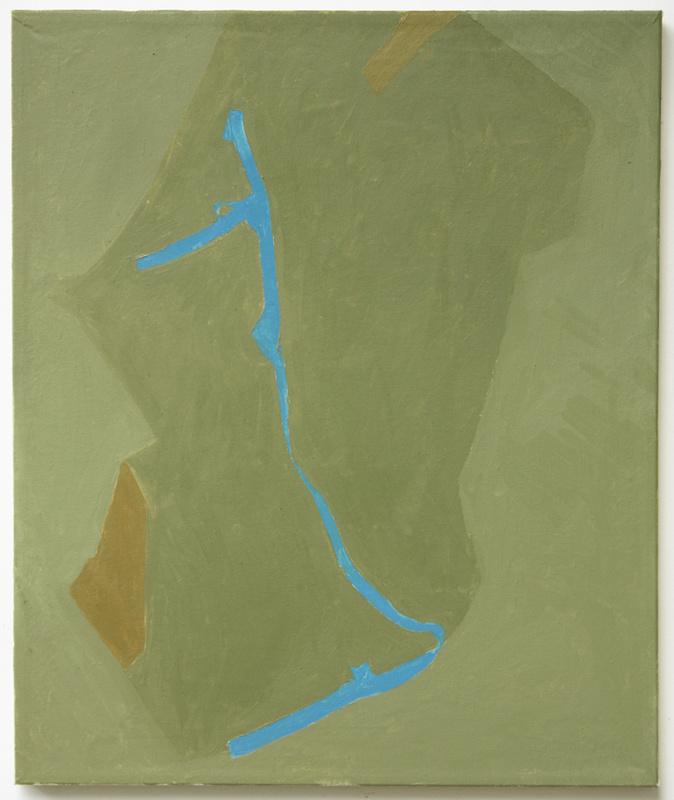Although I am supposed to be unbiased, I rarely give the benefit of the doubt to art marketed as “in,” “hot,” “hip” or “fashionable.”
I have no problem with “hip” as a quality of fashion or music, because both are so self-consciously ephemeral. You change your clothes with every day and every shift in the weather. Music passes by in minutes without a trace.
Ambitious visual art, however, is expected to transcend seasonal whims. Even if a work is associated with a given period or cultural moment, it is not wisped away like skinny neckties or pastel Polos with collars up.
Here, we find the distinction between aesthetics (the way things look) and content (what they mean). Fashion and pop music, for example, are more driven by the aesthetic appetites of the market. Art is supposed to be driven by cultural content.
The elegance and appeal of the installation of the CMCA Biennial in Rockport made me excited to see Cassie Jones’ grid of 72 acrylic drawings on mylar. But after a moment, the installation deeply disappointed me. The dozens of sheets covered an entire wall, but the whole lot could have been cranked out any morning before lunch. It seemed just a mess of simple, acrylic doodles in a retro style with no conceptual ambition other than looking like Jones’ signature style.
Jones’ work at Space in Portland, however, is a whole different story. This time, her 32 paintings go much farther than simply looking the part. Jones employs her eye-popping colors and joyfully swollen shapes to explore sculptural possibilities in painting.
The retro-chic aesthetic in this case is a vehicle for innovation, and Jones’ improvisational approach presses the idea of expanding possibility. The huge difference is that with these shaped paintings, design is not about mere appearance, but rather, it becomes a steppingstone to satisfyingly intelligent content.
That Jones finds success in presenting her paintings as hip sculptural objects does not do any favors for “Burns Slower,” the show in Space’s main gallery featuring the work of Michael Kennedy Costa and Keith Varadi — both Master of Fine Arts candidates in Richmond, Va. — and New York City painter Tisch Abelow.
Handsome and poised, Abelow’s large geometrical abstractions on paper are the bridge pieces from Jones’ front gallery installation. The internal logic of Abelow’s paintings unfurls with the narrative sense of a game. In fact, they appear to be versions of a “tangram” — a puzzle comprising seven geometrical forms.
I usually can’t stand art driven by hermetic secrets, but Abelow’s approach here seems more about challenging herself than hiding meanings — and it works.
Costa and Varadi, however, present what feels like student-quality work — minor conceptual gestures slapped out for a deadline. They have ideas, but they tend to be sophomorically haughty.
Varadi’s “Into the Rough,” for example, is a slapdash pinecone so badly painted (intentionally, I think) that its scatological interpretation is unavoidable. It is not a friendly greeting to our “rough” Pine Tree state. (The poem, “Forget It,” on Varadi’s Web site, proves the intention.)
Costa’s puerile “The Girls” mimics a minimalist stripe painting that looks like female anatomy. Varadi’s and Costa’s “Portrait” is an agonizingly smug, inside-joke tangram of the trio’s initials painted directly on the wall.
I have to admit I had fun parsing Costa’s and Varadi’s fleeting conceptual gestures (“Oh, I get it” art tends to be momentarily satisfying), but I enjoy trying to make up my mind about art that could go either way — and not everyone does.
The works about systems are more successful. Varadi’s “Grown Up” is an image of movement over time that could be tree branches, subway lines or so many other algorithms. Costa’s “Strap” and his “Untitled” employ similar logic from which wells some interesting forms. They are largely monochromatic, and benefit from not being so obvious. Plus, their surfaces have a pleasantly chewy density.
I like Space in general, and “Slow Burn” looks very good in it. I also have no doubt a certain audience will really enjoy it.
But I have a feeling that Costa and Varadi are going to look back on this body of work in a couple of years and regret it.
Freelance writer Daniel Kany is an art historian who lives in Cumberland. He can be contacted at:
dankany@gmail.com
Send questions/comments to the editors.





Success. Please wait for the page to reload. If the page does not reload within 5 seconds, please refresh the page.
Enter your email and password to access comments.
Hi, to comment on stories you must . This profile is in addition to your subscription and website login.
Already have a commenting profile? .
Invalid username/password.
Please check your email to confirm and complete your registration.
Only subscribers are eligible to post comments. Please subscribe or login first for digital access. Here’s why.
Use the form below to reset your password. When you've submitted your account email, we will send an email with a reset code.